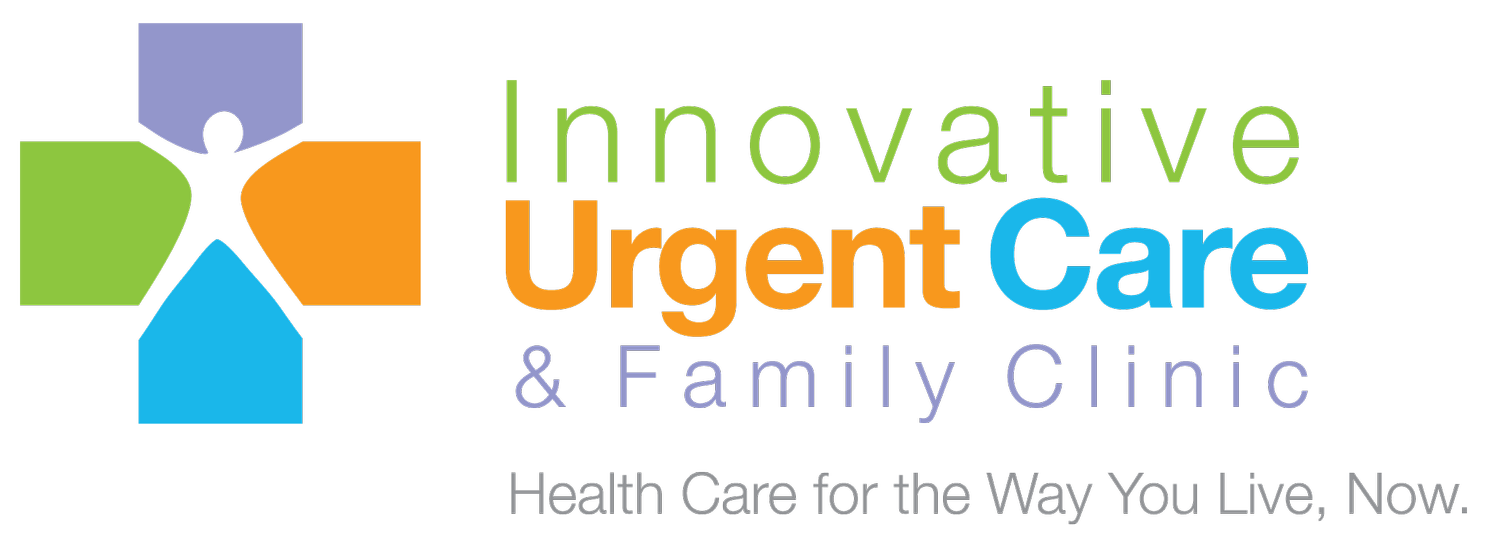International Overdose Awareness Day
A Silent Epidemic Unfolds
Did you know that every day, nearly 200 Americans die from a drug overdose? This stark statistic reveals a harrowing reality that many families face nationwide. As we observe International Overdose Awareness Day on August 31, 2024, it’s crucial to address not just the numbers but the lives behind them—each story cut tragically short. This day serves as a poignant reminder of the urgent need for comprehensive understanding and proactive measures in the battle against overdose.
The Overdose Crisis
What is an Overdose?
An overdose occurs when a person ingests a toxic amount of one or more substances, overwhelming their body's ability to metabolize the drugs and maintain homeostasis. It can happen with a range of substances, including prescription medications, over-the-counter drugs, and illegal substances.
The Statistics: A Closer Look
Recent data shows a concerning increase in overdose deaths, highlighting a widespread public health crisis. Various factors contribute to this surge, including the prevalence of potent synthetic opioids like fentanyl, changes in drug use patterns, and a lack of accessible treatment options.
Why Overdoses Occur
Understanding why overdoses occur is crucial in preventing them. Factors such as mental health issues, economic stress, and inadequate information about substance potency and interactions play significant roles. Social determinants like access to healthcare, stigma associated with drug use, and socioeconomic status also significantly influence drug-related behaviors.
Strategies for Prevention and Management
Education and Awareness
Raising awareness about the signs of overdose and the importance of safe medication practices is vital. Educational campaigns should target both young individuals and adults to spread knowledge about substance misuse risks.
Access to Treatment
Improving access to treatment facilities and supporting mental health services can help address the root causes of addiction. Programs like medication-assisted treatment (MAT) have shown success in treating opioid dependency and reducing the risk of overdose.
Community Involvement
Community efforts, including support groups and local health services, can support at-risk individuals. Establishing strong community networks helps create a supportive environment conducive to recovery.
How to Respond to an Overdose
Recognizing the Signs
Symptoms of an overdose vary depending on the substance but commonly include difficulty breathing, extreme lethargy, and unresponsiveness. Recognizing these signs early can be lifesaving.
Immediate Steps to Take
If you suspect someone is overdosing, call emergency services immediately. Administering first aid, such as CPR or naloxone—an antidote for opioid overdoses—can be crucial while waiting for professional help.
Incorporating Wellness and Prevention in Everyday Health
Role of Primary and Urgent Care
Primary and urgent care providers play a critical role in prevention by offering education on prescription drug safety, identifying early signs of substance misuse, and providing referrals to addiction treatment services.
Integrative Approaches
Incorporating wellness practices, such as stress management techniques and healthy lifestyle changes, can reduce the risk factors associated with substance misuse. Services like hormone replacement therapy and weight management can also help maintain overall health stability.
Be Part of the Solution
International Overdose Awareness Day is not just about remembering those we have lost; it’s about taking active steps to prevent future tragedies. By understanding the risks, recognizing the signs, and knowing how to respond, we can all be part of a more extensive solution aimed at reducing overdose incidences. Let’s engage, educate, and empower each other to create safer communities.
On August 31, let’s all reflect on how we can contribute to overcoming the overdose crisis. Share this information, talk to loved ones about substance use risks, and reach out to local health services for support and guidance. Together, we can turn the tide against this devastating epidemic.




